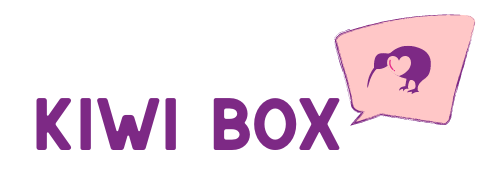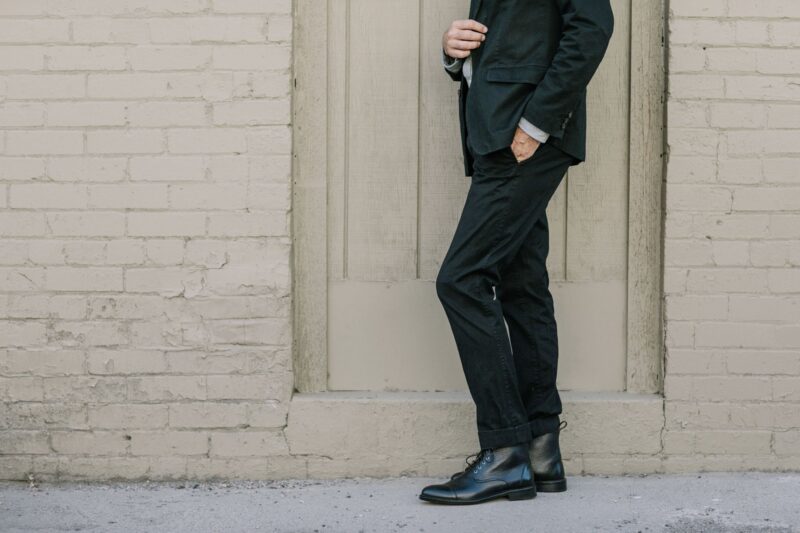Job seekers know nailing interviews requires more than just polished resumes and interview attire. Making memorable first impressions that lead to ongoing positive recollections also matters for career success.
While arriving well-dressed in luxury loafers from a brand like Taft and carrying an impressive briefcase sets an organized tone, unexpected creative touches leaving unique lasting impressions differentiate candidates.
Illustrate Your Personal Brand
Strategically designed visuals, carefully selected wardrobe accents, and even personalized presentation formats help paint a picture of who you are as a professional. For example, showcase hobby photography by displaying travel portraits on customized portfolios or volunteer work via subtle cause-aligned jewelry.
Career transitions from military service might feature a branded challenge coin on a bag, while former tradespeople could display artisanal tools. Assess company culture first when considering such personal touches, but distinct accents sparking meaningful conversations around passions make lasting impressions extending beyond brief small talk.
Share Your Vocation Vision
Standard interviews often follow predictable question formats focused on past experiences and skills. Make your application stand out with a bold, inspiring vision of your future career. Craft a compelling narrative outlining your plans for the next three to five years.
Describe ideal teams to join, initiatives to develop, innovations to lead or values to champion. Paint pictures of a brighter tomorrow by realizing the untapped potential in present roles. Align visions with company goals and culture, but put your fingerprint on the future.

Showcase Your Skills Creatively
Don’t just list skills, show them. Creative formats can highlight your capabilities far better than plain summaries. A developer might deliver a resume inside a custom-coded video game. A photographer could print theirs on high-quality cardstock with original artwork. Even a simple video montage from an administrator can spotlight attention to detail. These approaches prove skill through presentation, not just content.
Creative methods to show your skills include:
- Interactive resumes like flash drives containing digital portfolios, simulations, or custom projects.
- Branded physical materials such as resumes printed on textured cardstock with embedded design themes.
- Embedded video clips demonstrating soft skills like communication, event coordination, or team leadership.
- Testimonials from clients or collaborators that validate past work and highlight impact.
- Multimedia case studies of specific problem-solving processes tied to relevant roles.
- Tangible mini prototypes or artifacts (e.g., packaging mockups, sample scripts, design wireframes).
Make Meaningful Connections
Research key staff members you hope to collaborate with if hired before interviews. Then identify honest common ground touchpoints around life experience, causes, education, or other interests arising in conversation.
With trust built on real connections versus forced networking, display genuine curiosity about collaborators’ wellbeing, showing relationally focused motivation fueling your work. Leave them feeling uplifted by interactions. When candidates exude such care toward partners-to-be, organizations envision fruitful long-term relationships blossoming through compassionate team unity.

Strategically Stimulate Senses
Surprise key gatekeepers by intentionally engaging their senses in ways that support your professional brand impression creatively. Obviously, assess appropriateness given the corporate culture first. But possibilities include bringing a plate of artisanal cookies alluding to your meticulous recipe optimization skills. Performers may write a theme song capturing core brand elements to play upon greeting panelists.
Those wanting leadership roles might diffuse gentle energizing essential oil aromas that support focus and decision clarity. Handmade nature notecards with plant seeds offering regenerative growth metaphors make unique follow-up tools. Stimulating senses creatively links abilities to visceral experiences, cementing candidate distinctions.
Customize Interview Leave-Behinds
While resumes and cover letters remain standard, thoughtfully designed takeaways can turn into conversation pieces that continue speaking after you’ve left the room.
| Leave-Behind Type | What It Communicates |
| Branded Thank-You Cards | Personal appreciation and memorable etiquette |
| Infographic Resume Sheet | Visual thinking and clear data presentation |
| Small Portfolio Sample | Real examples of your work at a glance |
| Mini Case Study | Strategic thinking tied to industry needs |
If appropriate, tie the leave-behind to the interview’s topic, such as a compact UX prototype if applying for product design—or a compact reference sheet showcasing relevant frameworks for consulting roles.
Tips to Integrate Personal Brand Smoothly
While standing out is vital, over-personalizing without context may backfire. Here’s how to balance individuality with professionalism:
- Research cultural fit first ─ Look into the company’s public persona and internal employee feedback to understand tone and formality.
- Match visuals to the role ─ A graphic designer may push aesthetic boundaries more than a legal advisor.
- Keep it subtle yet meaningful ─ Use symbolic accessories or textures, like a vintage pen for writers or botanical motifs for eco consultants.
- Preview the format in advance ─ Ask your recruiter whether multimedia or leave-behinds are welcome in the interview setting.
- Rehearse talking points around it ─ Be prepared to explain how your visual, scent, or design choices relate to your approach or philosophy.

Project Confidence Through Everyday Tools
It’s not always about flair, often, it’s about how smoothly you use everyday tools that convey confidence. Candidates who calmly troubleshoot a remote interview mic or gracefully pivot a glitchy PowerPoint show professionalism under pressure. Even calmly re-pairing a Bluetooth headset or asking to switch to phone when tech fails demonstrates control.
Subtle mastery of tools shows preparation and leadership readiness without saying a word. So arrive early, test equipment, and rehearse transitions—confidence lies in logistics as much as charisma.
The Follow-Up as a Branding Extension
Your post-interview follow-up isn’t just etiquette, it’s your last chance to reinforce value. Consider tailoring your follow-up in tone, format, and message:
- Email a short voice note if your personal brand is more casual and media-oriented.
- Send a thank-you card with a quote that reflects the company’s mission.
- Share a related article or resource discussed in the interview, showing thoughtfulness.
- Create a short recap visual if you discussed project roadmaps or UX design.
- For performance roles, include a short clip or gesture of appreciation related to the meeting.
Align your follow-up to your brand: if you led with storytelling, close with a narrative. If you were analytical, close with insight.
Conclusion
While polished presentation materials and business formal wear do important heavy lifting, creatively sharing your personal professional vision, values, and skills in unexpected ways leaves a uniquely memorable impression on key decision makers after interviews conclude. Sensory surprises, animated ability displays, vision speech, and genuine human connections make candidates stick out while aligning with organizational culture.
Personalized touches, follow-up strategies, and tool confidence bridge the gap between talent and connection.
Creativity is part of what defines memorable professionalism. So move beyond basic briefcases and add strategic, creative touches toward an inspiring vocational future focused on potential shared values and relationships with a team worth nurturing. Leave them eagerly awaiting your return.

